Search
Search Results
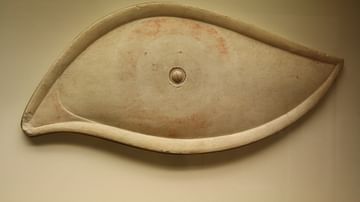
Image
Trireme Eye
A marble eye which was once attached to the prow of a trireme in order to ward off evil. Traces of the original paint can still be seen. (Archaeological Museum of Piraeus)
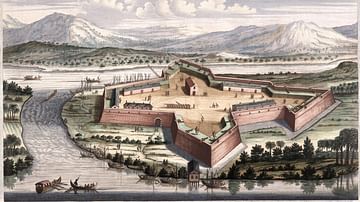
Image
Bird's Eye View of the Fort of Batticaloa
Bird's eye view of the fort of Batticaloa, copperplate printing on paper by Johannes Janssonius Waasbergen, c. 1665.
Nationaal Archief, The Hague.

Definition
Field of Reeds (Aaru)
A'Aru (The Field of Reeds) was the Egyptian afterlife, an idealized vision of one's life on earth (also known as Sekhet-A'Aru and translated as The Field of Rushes). Death was not the end of life but a transition to another part of one's...

Definition
Osiris
Osiris is the Egyptian Lord of the Underworld and Judge of the Dead, brother-husband to Isis, and one of the most important gods of ancient Egypt. The name `Osiris' is the Latinized form of the Egyptian Usir which is interpreted as 'powerful'...
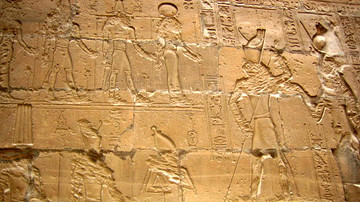
Image
Temple of Horus, Edfu
A scene depicting Horus' victory over Set from the Temple of Horus at Edfu, built in the Ptolemaic Period.
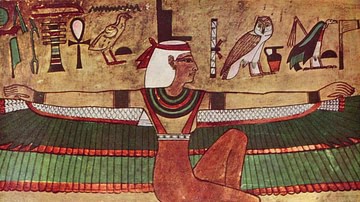
Definition
Isis
Isis is an ancient Egyptian goddess who became the most popular and enduring of all the Egyptian deities. Her name comes from the Egyptian Eset, ("the seat") which referred to her stability and also the throne of Egypt as she was considered...
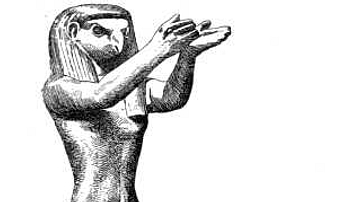
Image
Horus Figurine
Horus; from a bronze in the Posno collection.
From A History of Art in Ancient Egypt, Vol. I by Georges Perrot and Charles Chipiez (1883).
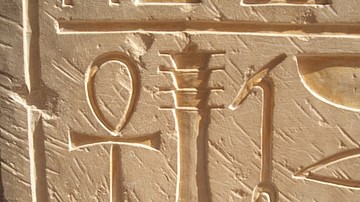
Article
Ancient Egyptian Symbols
Religion in ancient Egypt was fully integrated into the people's daily lives. The gods were present at one's birth, throughout one's life, in the transition from earthly life to the eternal, and continued their care for the soul in the afterlife...
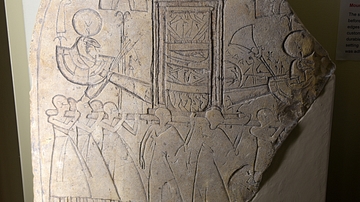
Image
Stela of Amun & Horus the Behdetite
Only part of this limestone stela has survived. The stela depicts a barque of the god Amun carried by priests epithet of Horus the Behdetite. From Koptos (Qift), Egypt. 19th Dynasty, 1292-1187 BCE. The Petrie Museum of Egyptian Archaeology...
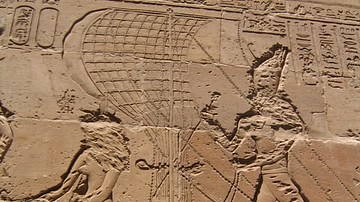
Image
Set Defeated by Horus
Set defeated by Horus as depicted in the Ptolemaic Period Temple of Horus at Edfu.